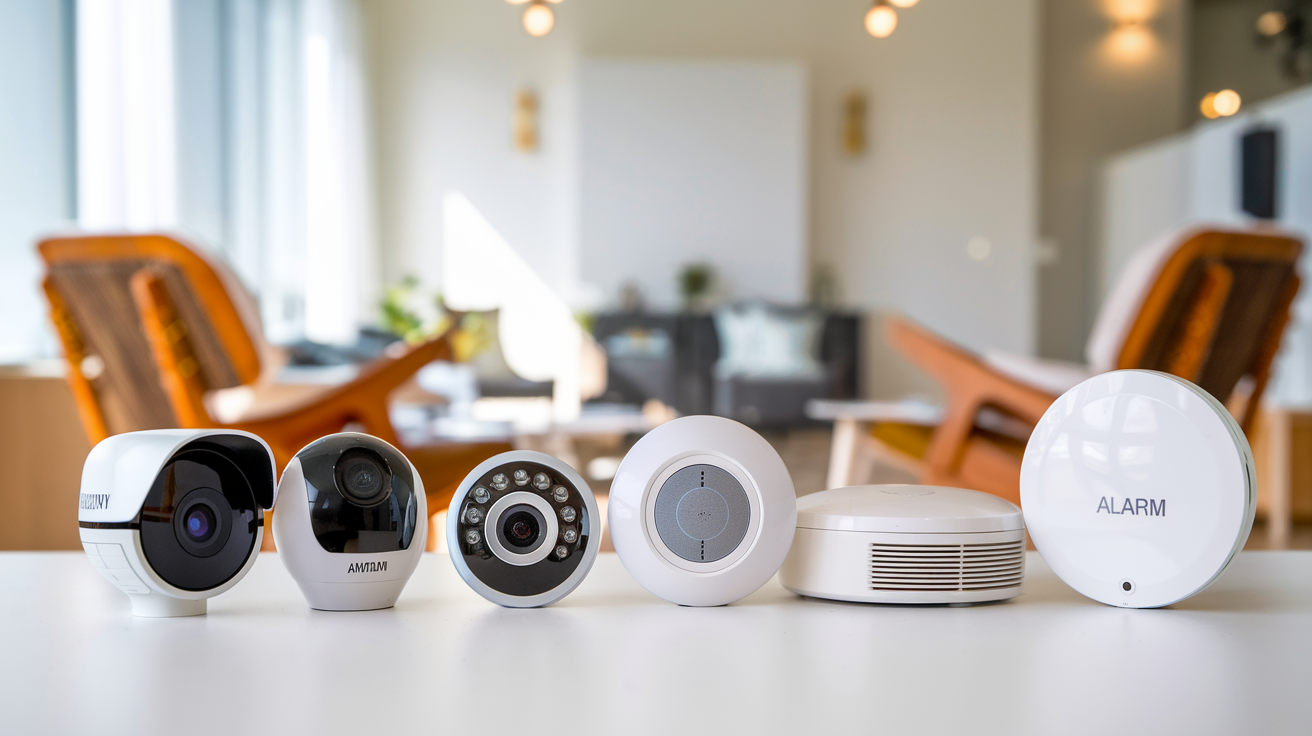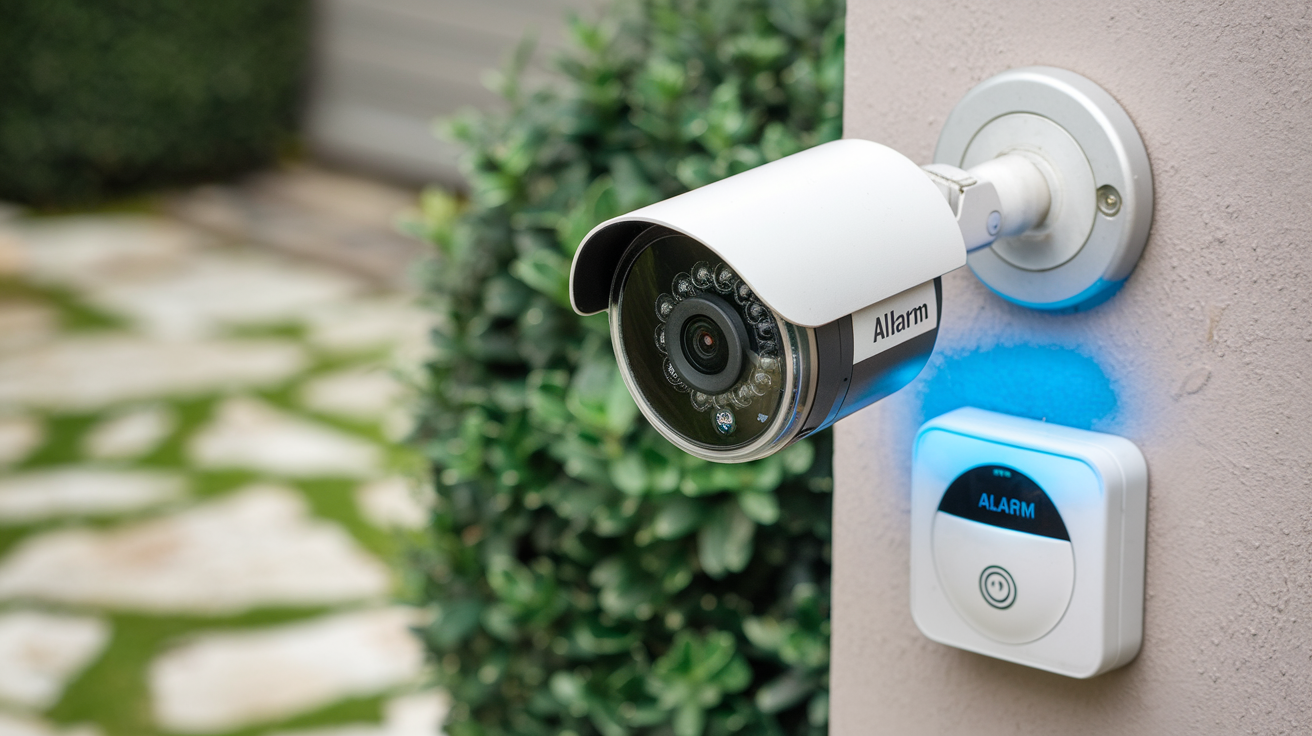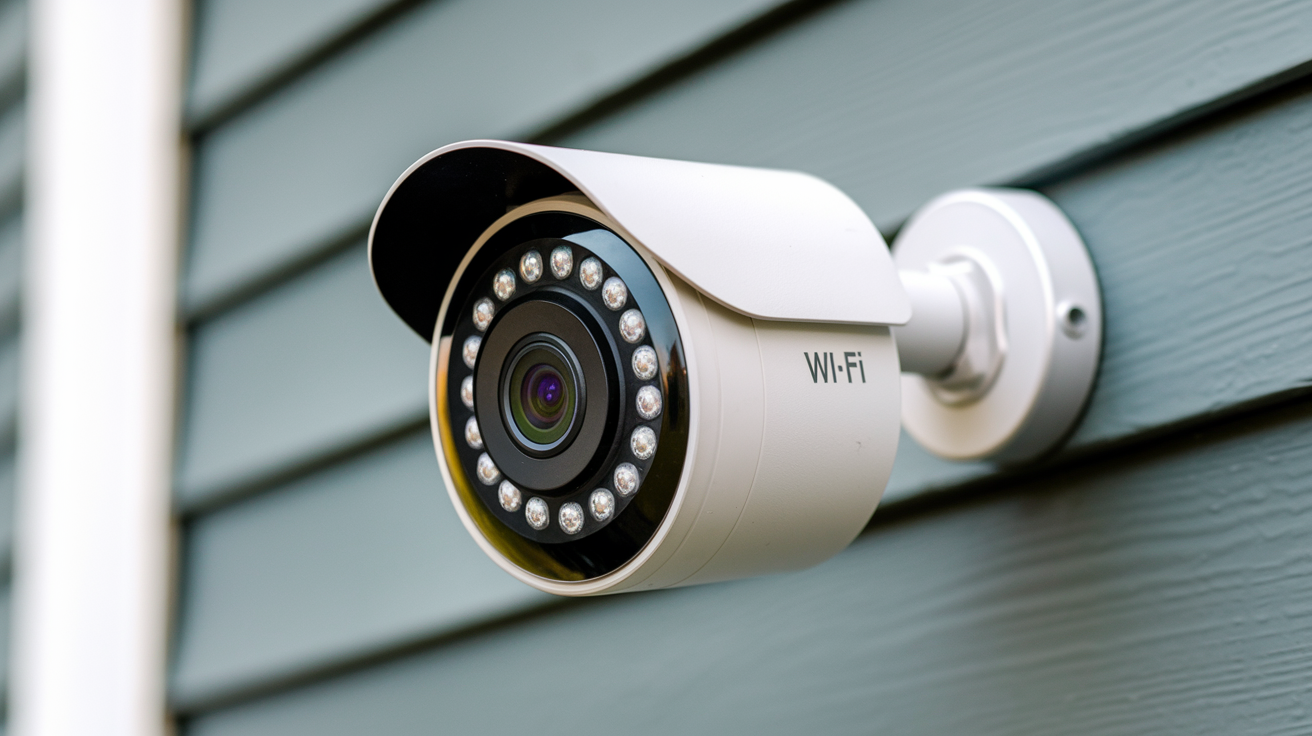A smart home hub is the masterpiece in every smart home system and is a device that coordinates your smart devices and lets you control them using an app. While having smart lights, locks, sensors, and appliances in the home is convenient, a hub ensures that all these gadgets work cohesively.
Some of the key roles of a smart home hub include-
Connectivity A Smart Home Automation hub serves as a wireless signal receiver and sender in the same manner as managing all your smart devices. It employs standards such as ZigBee, Z-Wave, WiFi, Bluetooth, and others to form a single network that enables your devices to interact. If there’s no hub, every smart gadget would require a separate individual application, which is impractical. The hub does not have that problem.
Automation Probably one of the most enjoyable aspects of having a smart home is creating schedules. For instance, programming lights, AC, security cameras and so on to be on or off at a particular time or when an event such as motion detection is detected. These automations are easy to create and manage if there is a hub and might not even be possible without a hub.
Remote Access and Control Smart hub allows you to control your smart devices from a remote location via the internet. This way, you can keep an eye on your home systems and manage various devices such as lighting, locks, cameras, and other equipment using your smartphone and being away from your home. This brings added convenience as well as improved home security.
Works with Voice Assistants Today, most smart hubs are compatible with common voice assistants such as Amazon Alexa and Google Assistant. It helps you to manage the devices and appliances in your smart home through voice commands eliminating the need for physical control. Some are as basic as being able to verbally instruct the system to turn the lights off or down, increase the temperature, unlock the doors, and so on.
Smart Home Ecosystem Some smart home hubs like Samsung SmartThings, Apple HomeKit, Alexa Smart Home, etc. have their own ecosystem. This implies that many partner brands create devices and applications that are inherently compatible with the platform. Hence when you choose a hub that has many compatible devices, you are likely to have a better choice in terms of smart gadgets.
In other words, a smart home hub allows your gadgets to be interconnected, automated, and controlled through apps and voice commands and offers an ecosystem – which is the groundwork for the smart home.
Smart Home Hub: Is It Necessary? As more smart home devices continue to enter the mass market, hubs have emerged as a necessity. They create much overall value and convenience. But not everyone may require such a top-tier hub system at the moment. Here are some key pointers to help decide: Here are some key pointers to help decide:
For instance, if you only have one or two basic smart devices such as WiFi lighting or smart plugs, you will not need a hub because the standalone apps suffice. As you combine more gadgets, it becomes difficult to control many applications and this calls for a hub. Check what protocols your devices employ – WiFi, ZigBee, Z-Wave, and so on – and in case there are several wireless systems, it is better to use a hub. Think about the need for a fully smart home with schedules, scenes, and routines for different gadgets. This is either absent when there is no hub or too fragmented. Likewise, assess the relevance of integrating a voice assistant for the ability to have voice control over the smart devices at home. That’s the beauty of having a hub. Determine whether the ability to control and monitor smart home devices from any location with assistance from a smartphone is relevant for you. It again calls for the connection of a hub. Last, of all, ensure that you accept the idea of having a diverse ecosystem of many compatible brands or are content with having one or two smart devices from the proprietary app. The former merits a hub. At first, it can begin with one app where it does not necessarily have to be part of a hub as long as one app suffices for the user's needs, but as they come to know the potential of an automated smart home, transitioning to a smart home hub is the next level up.
Selecting a Smart Home Hub As more people embrace smart homes, many technology brands have come up with hubs that offer a smart ecosystem. Here’s an overview of popular hub options to help you choose: Here’s an overview of popular hub options to help you choose:
The Amazon Alexa Smart Home Hub The most popular voice assistant hub, active worldwide is the Amazon Alexa line of products and solutions. It begins with purchasing an Alexa-enabled smart speaker device for example an Echo Dot. This creates your voice-controlled access point. The next is to configure the Alexa app to manage your smart home devices, skills, and routines and extend access across your home with Echo. You receive lakhs of Works With Alexa products across categories and that means you have wonderful smart home expansion opportunities.
Google Home Hub Google also has a similar voice assistant smart home ecosystem with its Nest Home speakers and a hub called the Google Home app. Capitalizing on Google's advanced expertise in artificial intelligence, it provides uncanny and smooth voice command over the devices. Select a product from the vast Works With Google Assistant library and control your smart home remotely safely.
Apple HomeKit Hub Any Apple user would be quite familiar and perfectly at ease with HomeKit – a home automation software deeply integrated into iPhones, iPads, and Mac computers. It has a high level of encryption and enables controlling smart devices using Siri voice commands. Despite its frequent software releases and smooth integration across Apple devices, it provides a closed and limited smart home ecosystem.
Samsung SmartThings Hub Samsung SmartThings is quite a versatile smart home hub that is compatible with a vast range of devices. It is cloud-based with apps on Android, iOS, and Windows platforms. SmartThings is a more suitable choice for those who want an advanced smart infrastructure as it has a diverse ecosystem of partner devices, automation, remote access, and video analytics compatible with Zigbee and Z-Wave.
Third-Party Hubs There are also some third-party brand non-specific hubs that only primarily concerned with reliability, performance, and device compatibility such as Hubitat Elevation Home Automation Hub, Wink Hub 2, Lowe’s Iris Smart Hub, Vivint Smart Home Hub, etc., which can also be good solutions but they might not have as large and growing supporting systems as the bigger brand hubs. Some of them may require a small fee to be paid but offer more options for those interested in the technical side of things.
Smart home hubs for connectivity and control should be chosen based on current and future requirements, and features required such as automation, voice assistants, protocol, and ecosystem compatibility. This will go a long way in helping in the identification of the most suitable hub that you have always dreamt of, with connected and convenient features!
Protect your home today with ADT’s top-rated security solutions!
Call now at +1 877-470-7879 to get a free consultation and find out how you can secure your home with the best in the business. Don’t wait—ensure your peace of mind with ADT!





